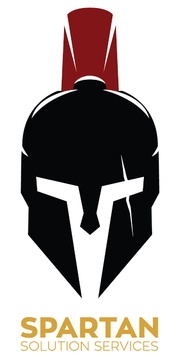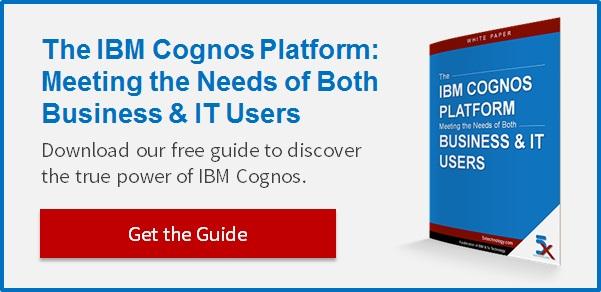It is not always enough to have records and metrics for your organization; dashboard reporting gives you what you need to organize it in the way that communicates the salient points to users most efficiently. Well-designed business dashboards provide a structure that empowers your users to understand the big picture overview of your organization as well as drill down to the details that create the foundations for improved business performance.
Dashboard reporting gives users personalized insight and business intelligence; it provides better forecast planning and budgeting. In fact, a well-designed business dashboard is the number one tool for transparent reporting and keeping all of your business intelligence together accurately on one page.
What is a Business Dashboard?
When you think about it, your business dashboard is your point of communication with your IT systems; it should work regardless of your platform or location. A comprehensive business dashboard must accomplish several tasks: It creates a complete picture of your data, displays actionable metrics, and delivers business intelligence to you regardless of your location and device.
A dashboard must include sufficient information to support effective decision-making; it must integrate all of the key performance indicators that define the operations of your business. A complete picture of your data also requires automatic updates; manually entering data is a distraction and a source of potential errors.
Having sufficient KPIs also involves having the minimum necessary and sufficient to tell you the state of your operations, without cluttering up your dashboard with too much unnecessary information. Your business dashboard should organize the metrics that it displays in a coherent manner. If your KPIs are useful to your entire organization, then you need the capability to customize the dashboard for users in every part of the business and at every level.
Dashboard configurations that suit different users may contain various combinations or commonly shared metrics arrayed in differing orders; this should go beyond variations that post data by standardized department variations and allow individual users real customization to create personalized dashboards that best reflect their jobs.
The best-in-class solution for business dashboards comes from SAP Crystal Reports. This system is a world-class product that sets the standard in dashboard reporting and with more than three hundred product partners.
Optimized for ease of use and rapid design, Crystal Reports can build business dashboards that draw data from disparate sources and formats. The system integrates data seamlessly and gives the user the ability to customize configurations, emphasizing ease of use and rapid design in tailoring dashboards to reflect user roles and levels.
Clear Dashboard Reporting Means Accurate Planning
Setting up dashboard reporting is a critical step in the business planning process. The right structure for your data is the one that includes all of your KPIs and eliminates any redundancies in how the business dashboard delivers information to each of its users. One of the greatest demands on business units today is the need for integrated solutions that provide budgeting and forecasting information to all of the stakeholders wherever they fit within the company.
When the decision makers can extract the right information from dashboard reporting systems, it means more rapid and accurate business planning choices. Dashboard reporting gives users the ability to analyze their responsibilities by customizing their pages to present the relevant data in a single, personalized format, regardless of their role or level within the organization chart.
The refined analytics visualization technology that you gain does not only present the overall goals of the company, but also department goals and objectives. Departments can set and meet individual goals including budgeting and forecasting. Managers can turn this valuable planning information into actionable steps that enable them to meet and exceed company goals.
Conclusion
Business dashboard reporting provides users the information that they need, regardless of the role they play or the level in which they fit into a company. Integrated business dashboard reporting systems like Crystal Reports gather all of the data for your business into a structured format.
Effective dashboard reporting automatically visualizes your business intelligence and insights in the most efficient format, including all of the KPIs that define your business processes and eliminating unnecessary information and redundancy. Having everything that you need to run a business presented on one dashboard page is the best possible way to define and exceed the goals that will deliver the highest levels of business performance for your company.
Learn more about dashboard capability and system information integration. Download our free paper, IBM Cognos for Business and IT Users.





